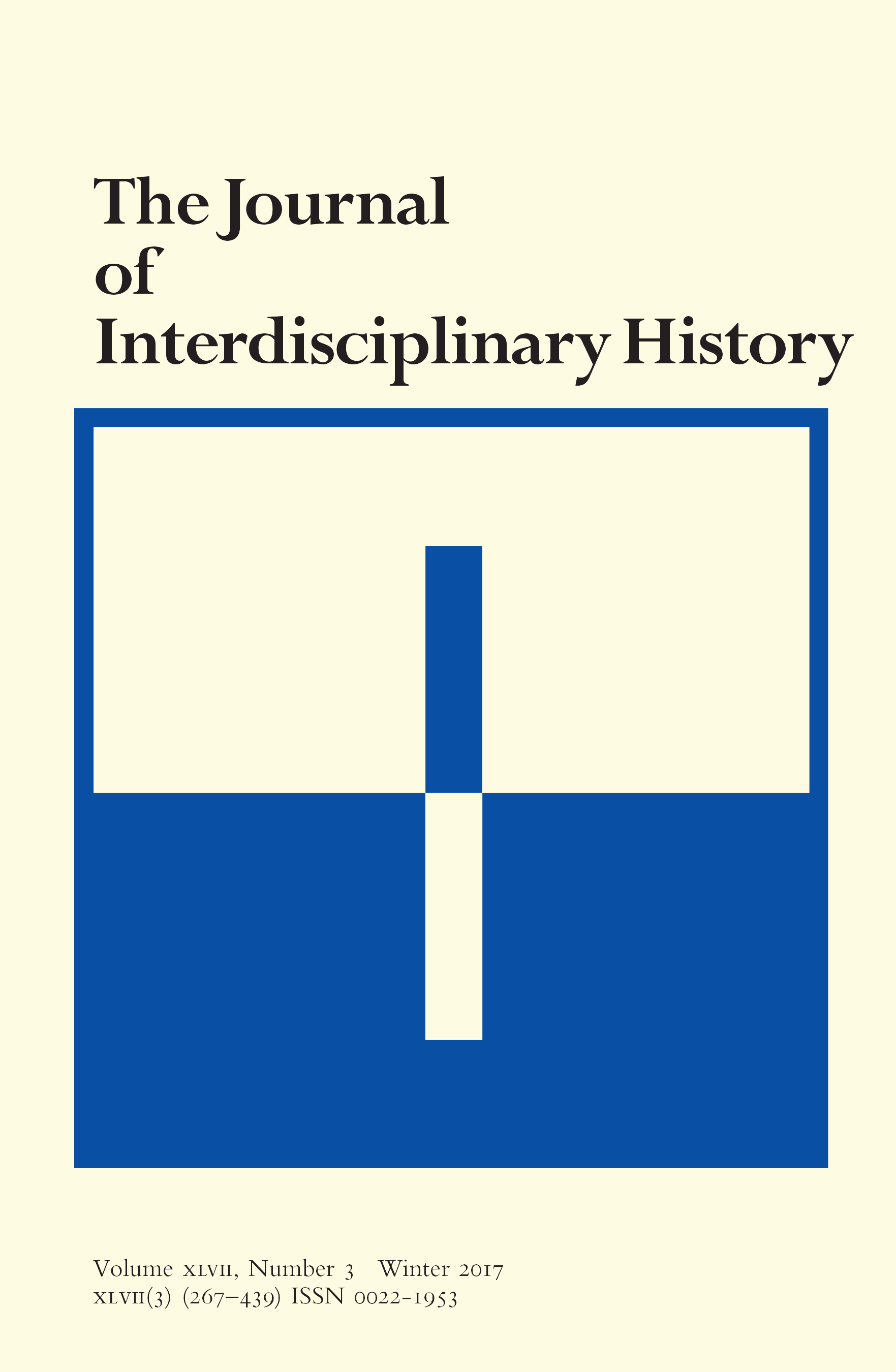This lavishly illustrated translation of a 2017 book by two Dutch Catholic scholars who have been investigating Amsterdam’s Stille Omgang or “Silent Walk” for more than thirty years argues that this annual Catholic march, which began in 1881 (in a country that prohibited formal religious processions) and still continues under rules that have been considerably modified during the past half-century, constitutes “the largest collective expression of individual religiosity” in the Netherlands and Western Europe (vii).1 The book’s arrangement stresses the direct links between the march and the annual celebrations of Amsterdam’s Eucharistic miracle of 1345 under greatly different circumstances before the Reformation’s triumph. Not only do too many interruptions—there is an “almost complete lack of sources” about annual observances far into the nineteenth century (98)—mar assumptions about its continuous commemoration, but the medieval processions also involved much less walking around and near a central shrine, which, not so incidentally,...
Skip Nav Destination
Article navigation
Summer 2020
June 01 2020
The Miracle of Amsterdam: Biography of a Contested Devotion
The Miracle of Amsterdam: Biography of a Contested Devotion
. By Charles
Caspers
and Peter Jan
Margry
(Notre Dame
, University of Notre Dame Press
, 2019
) 464 pp. $65.00
William Monter
William Monter
Northwestern University
Search for other works by this author on:
William Monter
Northwestern University
Online ISSN: 1530-9169
Print ISSN: 0022-1953
© 2020 by the Massachusetts Institute of Technology and The Journal of Interdisciplinary History, Inc.
2020
by the Massachusetts Institute of Technology and The Journal of Interdisciplinary History, Inc.
The Journal of Interdisciplinary History (2020) 51 (1): 153–154.
Citation
William Monter; The Miracle of Amsterdam: Biography of a Contested Devotion. The Journal of Interdisciplinary History 2020; 51 (1): 153–154. doi: https://doi.org/10.1162/jinh_r_01536
Download citation file:
Sign in
Don't already have an account? Register
Client Account
You could not be signed in. Please check your email address / username and password and try again.
Could not validate captcha. Please try again.
Sign in via your Institution
Sign in via your InstitutionEmail alerts
38
Views
Advertisement
Cited By
Related Articles
Miracle Children: Medieval Hagiography and Childhood Imperfection
The Journal of Interdisciplinary History (November,2016)
A Drama of Saintly Devotion: Performing Ecstasy and Status at the Shaam-e-Qalandar Festival in Pakistan
TDR/The Drama Review (December,2018)
MIRACL : A Multilingual Retrieval Dataset Covering 18 Diverse Languages
Transactions of the Association for Computational Linguistics (September,2023)
Can Second-Generation Endogenous Growth Models Explain the Productivity Trends and Knowledge Production in the Asian Miracle Economies?
The Review of Economics and Statistics (November,2011)
Related Book Chapters
A Town Devoted to Philosophy
Notebooks of a Wandering Monk
From Miracle to Debacle
The Wind of the Hundred Days: How Washington Mismanaged Globalization
Biography
Econometrics - Volume 2: Econometrics and the Cost of Capital
Author Biographies
Access Contested: Security, Identity, and Resistance in Asian Cyberspace

